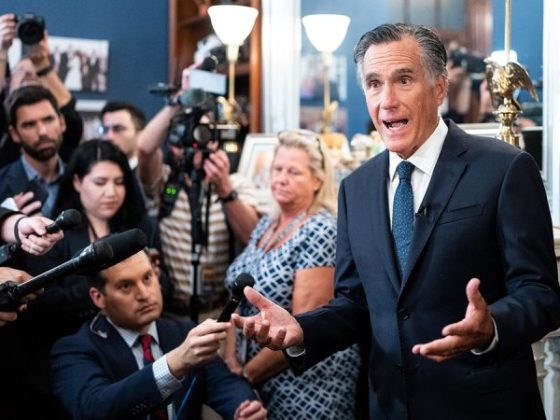In the heart of American politics lies the Democratic party, currently represented in office by President Joe Biden. However, a recent interesting development seems to have shed light on some internal conflicts. Top Democrats are admitting their fury over Biden’s apparent deflection during his debates and there seems to be a level of confusion or even uncertainty about who is making imperative decisions.
Firstly, it’s crucial to delve into the context of these frustrations. President Biden’s response to certain key questions in recent debates has not exactly been a source of reassurance for his party leaders. Instead of addressing queries directly, he appeared to be deferring them to his administration or sidestepping altogether. Such behavior was discerned as oblique and non-directive, causing some angst among leading Democrats who are left wondering about the inner-workings of decision-making in the White House.
In a system that relies heavily on transparency and clarity, such ambiguity certainly doesn’t sit well with the party leaders. The rage blooms in response to a hint of inconclusive leadership and the overall disarray that may precipitate from it. These are uncertain times where the leaders are expected to be resolute and forthcoming with their strategies. However, the seeming lack of precision in Biden’s responses has raised concerns about the alignment and coordination of the government’s policies and decisions.
Several leading Democrats have voiced their concern, hinting at the sentiment of erosion of trust among the party ranks. The lack of conviction in the face of aligning on strategies, procedures, and policies has raised questions that don’t boast easily acceptable answers. These concerns are not merely internal but resonate with the public as well, creating cracks in the image of a united front that is expected from a leading party.
Further aggravating the situation is an apparent lack of knowledge about who exactly is pulling the strings behind the scenes. The power equation within the White House often influences the decision-making process. The current ambiguity about the same casts a long shadow of doubt upon administrative efficiency as a whole. It has made top Democrats not just question the effectiveness of the current leadership but also instilled a sense of uncertainty on the direction the party is taking.
However, it is imperative to remember that inner party conflicts are not unique to the Democrats or different times. These are integral to the very nature of administrative politics where opinions and views often diverge. The current situation should be seen as a calling for party leaders to come together and address these issues head-on. Instead of resisting or avoiding them, frank conversations and open dialogues can help in understanding the roots of these issues and finding constructive solutions.
In the end, transparency, clarity in communication and cohesive decision-making are the keys to overcoming such hiccups. While the rage among top Democrats may represent a moment of concern, it can also be a stepping stone towards a more streamlined and efficient administration. It is only through shedding light on issues and addressing them critically, can a path forward be carved, signifying growth and development.











